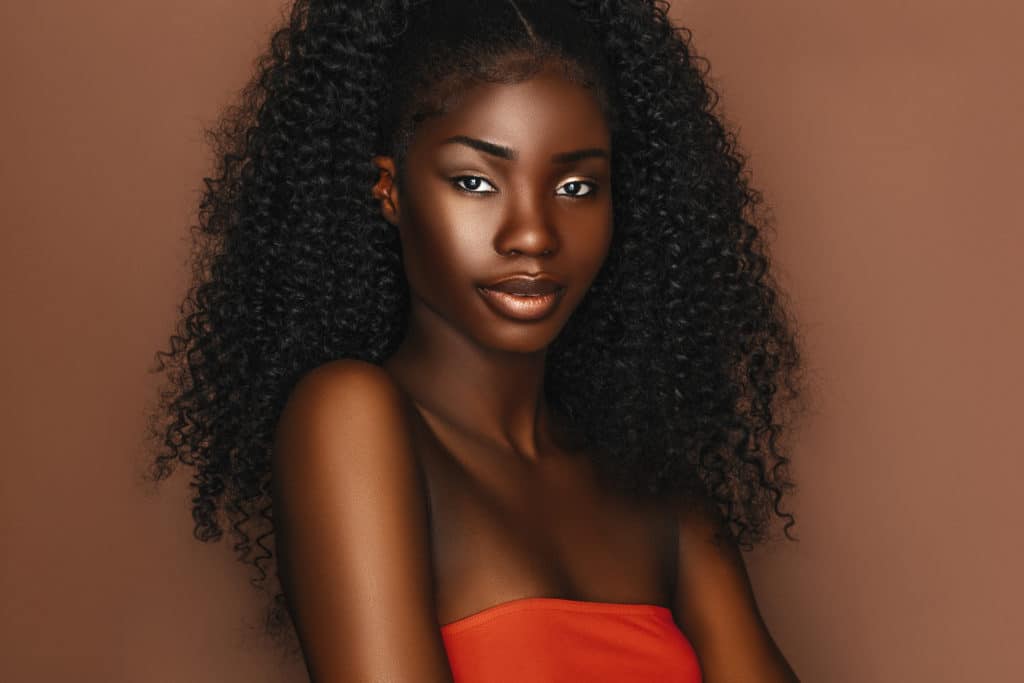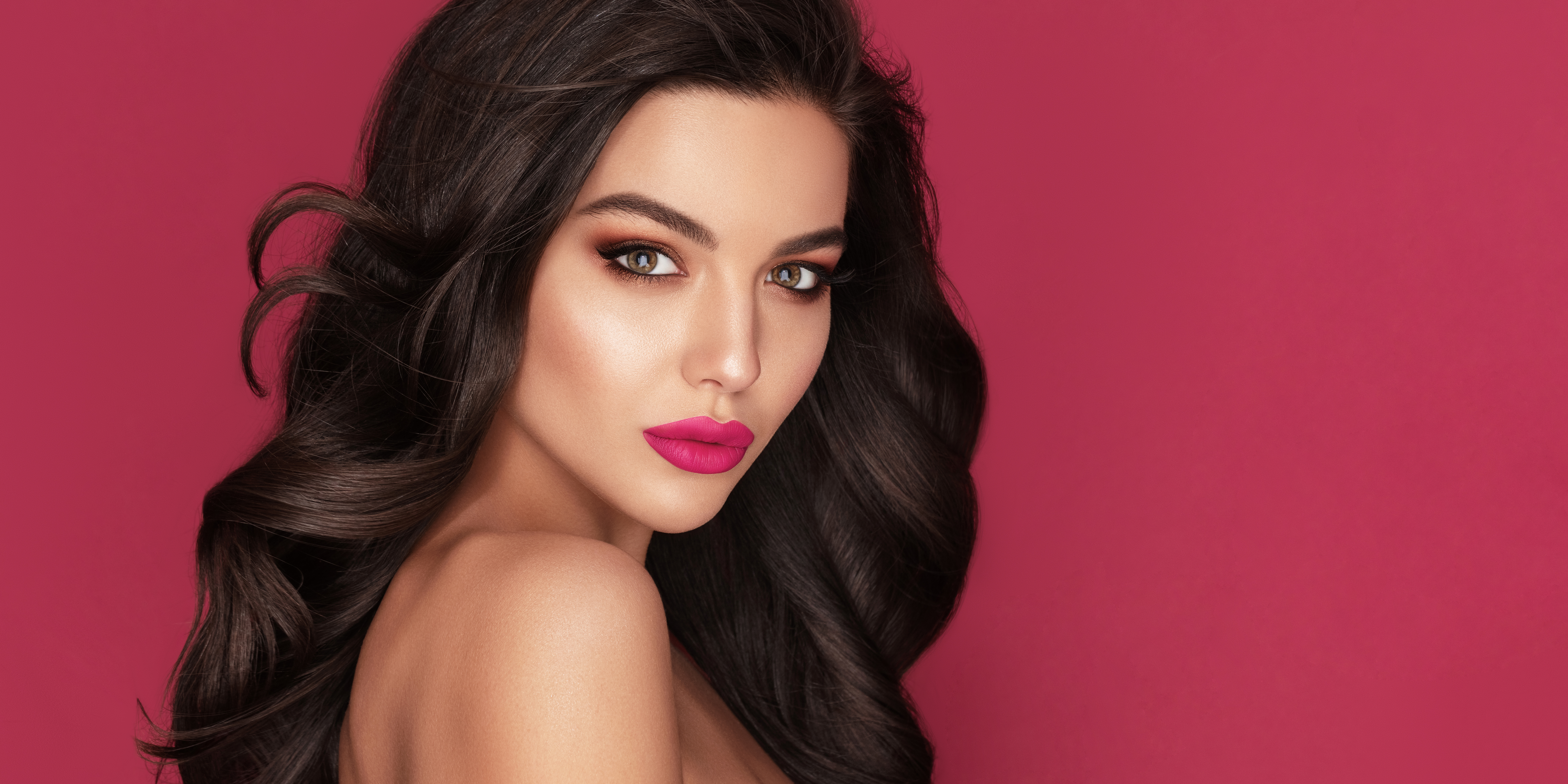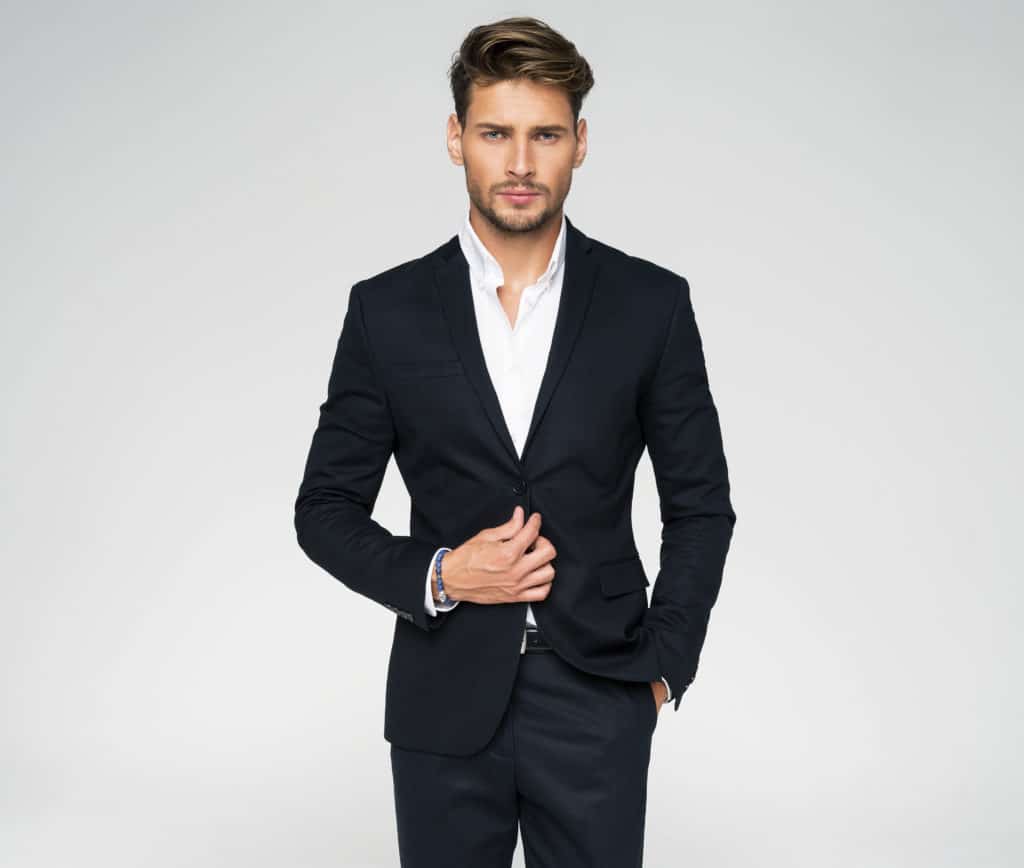There is often confusion about the difference between models and supermodels. While traditional models have been around since the mid-1800s, supermodels are a recent phenomenon; Janice Dickenson was thought to have coined the term when referring to herself in 1979.
But what is the difference between a model and a supermodel?
The History of Modelling
The role of a model is to display fashionable clothing and accessories. While they are common today, this wasn’t always the case. Models were first used in 1850 when UK designer Charles Frederick Worth asked his wife to model his designs, rather than use the traditional mannequins. Human models soon became popular, and the biggest fashion houses quickly picked up the trend. Models were still known as ‘mannequins’.
In 1923, the first modelling agency was created by John Powers. Modelling schools were also created to teach aspiring models the tricks of the trade. Agencies opened up a world of opportunities for aspiring models. Back then, models had to rely on word-of-mouth and photographers for their big breaks. The biggest photographers had the power to request their favourite models to work with.
The 50’s sparked celebrity-models. Models were becoming hugely popular with the general public and were being seen as in the same category of movie stars and singers. Models were mobbed by onlookers who were desperate for a glimpse of them.
The late 50’s was also when models started making really big money. Suzy Parker was the first model to earn $100,000 per year.
In the 80’s, models also became businesswomen; Carol Alt was one of the first models to start producing her own calendars and posters.
Fashion Models Today
Traditional models and their role have changed greatly since their first introduction in the mid-1800s. Popular culture today means models have a far greater reach than they did in the past. The internet, social media and celebrity magazines have all meant that becoming well-known is a far easier task than it used to be. It also means that the public is capable of following their every move – something that was previously impossible. This means there is far more pressure for models to look and act a certain way.

What is a Supermodel?
The term supermodel was first said to be used in 1979 by famous model Janice Dickenson. In fact, the term ‘supermodel’ has previously been used in 1942 by writer Judith Cass. It was then used numerous times in books and magazines when referring to top-earning models.
When Janice Dickinson used the term in the 80’s, she used to refer to the fact she had a “name and face recognition” that most models strived to achieve. That is what the term supermodel means today; it refers to the money, fame and power than a model has achieved through her work.
Supermodels Today
Today, supermodels are more famous, rich and successful than ever before. The rise of social media means consumers can connect with their favourite models in a way they never have before. We are able to see into their personal day-to-day lives.
This has positives and negatives. As humans, we are curious by nature and we love to see the lives of those we look up to, either to attempt to emulate aspects or to judge them.
Supermodels face more criticism, negativity and a lack of privacy now. Many choose to portray only the best aspects of their lives. Social media feeds are highly edited. This has led to a false perception of what it takes to get to the top. Many regular people feel despondent or like a failure for not being able to keep up with the unrealistic lives shown to us online. It’s important to remember that celebrities only show the best parts of their lives online.
What About Male Supermodels?
Unfortunately, men have been unable to emulate the success that women have in the fashion industry. There are some male models who can be deemed as supermodels – Tyson Beckford can be deemed as a household name – but, on the whole, there are far less famous male models than there are female.
This is thought to be because of how brands choose their models. While before it may have been based on their level of fame and their good looks, today it is far more likely to be based off who has the greatest social media following. Brands want to hire celebrities that have many fans because this increases their chances of making a sale. It also means they can aim their marketing budget differently because their model already has a huge fan base.
The public was once happy to have relatively unknown but beautiful models as their muses, but the internet has mostly put a stop to this. We want more, and faster. We expect to know more about a celebrity’s private life – what they eat, how they live, their goals. Male celebrities are usually in sport, music or TV/film. A regular person on the street will almost certainly recognise the name David Beckham – but is far less likely to know Jon Kortajarena.
As well as this, male models have not managed to utilise social media to the same level as female models. This lack of coverage means that brands are more likely to choose other celebrities to face their campaigns. Male models still work on the runway, but are far less likely to be the face of a skincare product.
Male supermodels may become more of a thing in the future, but only if we as consumers give them the space to grow into them. This would mean allowing lesser-known models the opportunity to become more well-known, which in turn means not buying so much into the celebrity lifestyle.

Instagram Models
A new wave of models known as the ‘Instagram model’ has recently come to light. An Instagram model is someone who has forged successful modelling career using the social media platform Instagram.
Instagram has allowed normal people the opportunity to showcase their beauty to thousands of people. It means they have been able to bypass previously important steps like joining an agency and meeting strict requirements and gain exposure and work via their own means.
Instagram models get to pick and choose their work. They are effectively their own agents; they don’t have to join an agency unless they want to, because many brands will already be coming to them for work. Instagram models appear to have glamorous and interesting lives. Their posts are constant and regular and must be interesting enough to capture the interest of their fans; this means Instagram models are constantly travelling and doing what appears to be fun and exciting things.
Of course, there is a downside to Instagram modelling. Instagram models have a lot more work to do – they have to be organisers, directors, photographers, editors and more, as well as models. While regular models can show up for a shoot, an Instagram model must arrange everything themselves. There’s also no guarantee of money; all Instagram models start off doing their modelling in their spare time to build their followers and try to get noticed. A lucky few are able to build an impressive fan base than in turn attracts the attention of brands who want to work with them for their customer reach. These brand deals, adverts and collaborations are how Instagram models make money. A popular Instagrammer can make a good amount of money doing this; those with less followers, engagement or reach will not.
It also opens them up to public criticism and a lot of negativity. Having an online career means having a thick skin; the public do not hold back and have plenty to say. They are protected by anonymity and can be far more brutal than they would be anywhere else.
Another downside to Instagram modelling is there is little to no rest. While an Instagram model’s social media feed may look glamorous and exciting, remember the amount of work that must go behind each and every photo. A holiday can never be restful because they will not want to pass up the chance of another beautiful photo in an exotic location. Social media algorithms mean their photos only get good exposure when they post regularly, which means they must have a bank of photos ready and waiting to be posted. It’s a difficult job to keep on top of and many famous Instagram users talk about burning out and struggling to keep on top of it. It isn’t a job you can switch off from easily.

How to Become a Supermodel
Becoming a supermodel is down to luck, but there are some common factors.
Supermodels generally work for high-end brands and on the runway. Catalogue, parts, glamour and fitness models are not considered supermodels because they are not generally well-known or rich enough.
Most supermodels were ‘scouted’ by a modelling agency; this means they were spotted by a modelling agency employer.
Supermodels are generally part of the 1% of the population with the type of body build that naturally allows them to have long legs, flat tummies, a tall build and beautiful faces. Most of us would be unable to reach these measurements even with a strict diet and exercise routine.
Many supermodels have help becoming famous because of their media and industry contacts. Gigi and Bella Hadid, sister supermodels, have a famous model mother, Yolanda Hadid. Cara Delevigne’s godfather is Condé Nast executive and her godmother is Joan Collins.
Remember, all supermodels started off as models. They worked their way up the ladder, gaining experience and contacts, and it is usually one high-profile deal that got them into the spotlight.


I like the method that you write. Great website. Lovely understanding over listed here. Wonderful! Great Web page. I will certainly share this specific with all my friends! Thanks for your great blogs! I won’t be able to wait to confirm some those out! I love to write that type articles as if you.
Nice website, I agree with you 100!